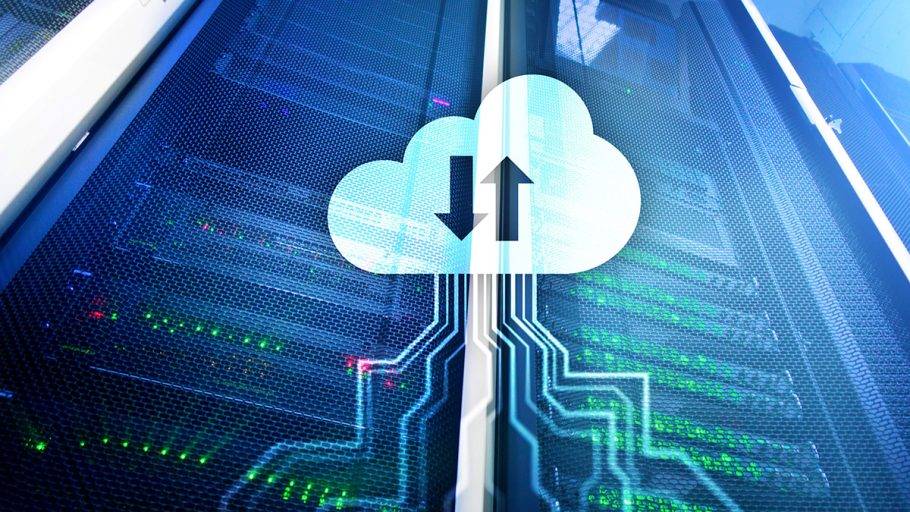The impressive growth rates seen within the data center colocation sector have been driven to a large extent by hyperscale cloud consumption. Hyperscalers are growing so fast, and in so many places, that they have had no choice but to partner with colocation providers to support their requirements. But the largest hyperscale platforms in the world—such as AWS, Microsoft Azure, and Google Cloud—have never used colocation exclusively. They have always built their own data centers and will continue to do so into the future. And as they reach unprecedented levels of scale, they are now looking to self-perform more than in the past. While scale is a key determining factor behind the choice to self-build, other variables have emerged, including the desire for vendor reduction, customization and control of design, and access to renewable energy resources.
Given the shifting landscape around self-building, one of the big questions facing data center operators and investors today is how much demand there will still be for colocation. Will self-builds take over, effectively excluding colocation operators from the hyperscale game? In what global markets are hyperscalers increasing or moderating self-build activity? What are the driving factors behind these shifts, and what are the most salient directional trends? What should we expect to see from hyperscalers as they approach the question of leasing versus building?
Structure Research recently published a deep-dive study that takes a data-driven approach to answering these and other related questions around the hyperscale self-build data center landscape. In 2022, Structure Research estimates that the total amount of global hyperscale self-build capacity will reach 13,177MW. About 78 percent of that capacity is being represented by the world’s largest four hyperscale platforms: AWS, Microsoft Azure, Google Cloud, and Meta.

The following article highlights key insights from this study.
Why Do Hyperscalers Self-build?
This question is critical in understanding the past, present, and future of the hyperscale landscape. Hyperscale cloud companies like AWS, Microsoft, Google, and Meta have been self-building their own data centers primarily across the United States for some time now, while Chinese hyperscalers like Alibaba, Tencent, Huawei, and Baidu have done the same in mainland China. A hyperscaler’s rationale for self-building their own data centers is a multi-faceted one that is typically a combination of multiple factors that make the economic and strategic aspect of self-building more compelling in some cases than leasing from third party data center providers.
ABOUT THE AUTHOR
Jabez Tan is Head of Research at Structure Research, an independent research and consulting firm devoted to the cloud and data center infrastructure services markets, particularly in the hyperscale value chain. He specializes in the data center infrastructure market and leads both coverage of the APAC region and the building of Structure Research’s proprietary market share data.



